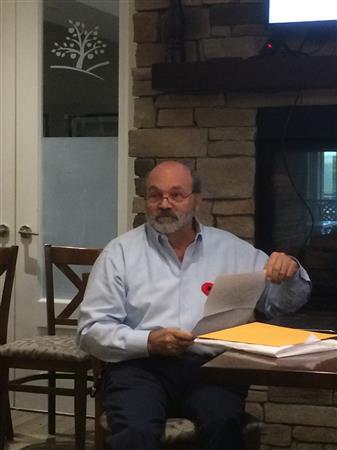
Russ Powers has an extensive collection of over 450 post cards depicting Dundas and environs from 1841 until the current day. The pictures are fascinating and Russ has a wealth of knowledge about the history of our area. Some interesting tidbits: Dundas was the first municipality in the Dominion to erect a cenotaph to commemorate W.W.I (Dec. 1921, in Market Square). Dundas is also thought to be the first municipality to feature a town Christmas tree (1914).

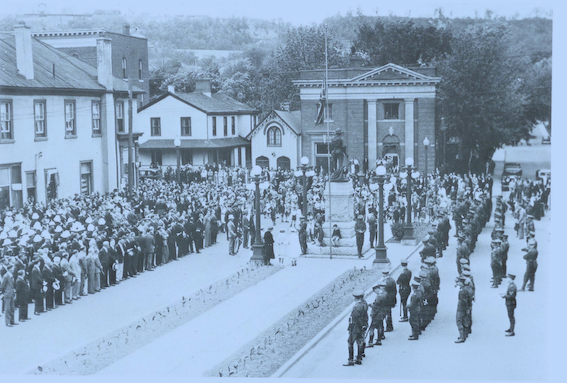
It was also the first to host a lawn bowling club (still in the Dundas Driving Park).
Dundas was the home of the 77th Wentworth Regiment commanded at one point by Col. Grafton, the person who donated the entrance “gate” to the Dundas Driving Park. The Driving Park was once the home of George Rolph who sold the property to the town in 1887.
Dundas was the home of the 77th Wentworth Regiment commanded at one point by Col. Grafton, the person who donated the entrance “gate” to the Dundas Driving Park. The Driving Park was once the home of George Rolph who sold the property to the town in 1887.
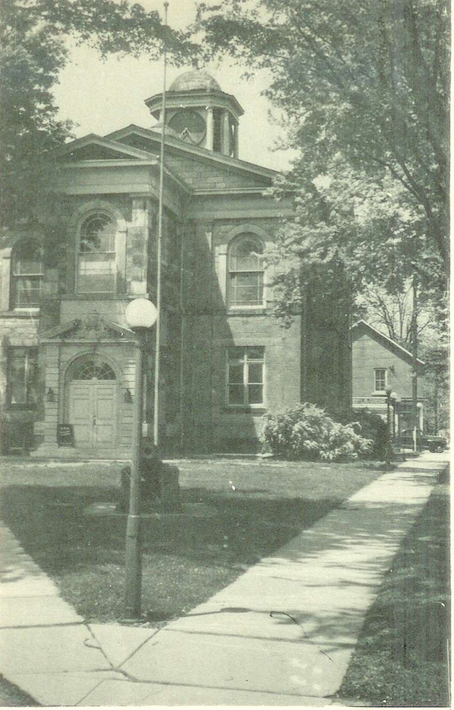
Dundas was incorporated as a town in 1847; the town hall built in 1849 (and still standing) is an excellent example of “municipal functional construction”.
Integral to Dundas’ history is Bertram and Sons manufacturing – a major supplier of military vehicles and gun placements for the Canadian war effort in both World Wars. Train tracks brought supplies directly up Hatt Street to the Bertram buildings. The floors, walls and ceilings of the munitions factory (now a retirement home) are several feet thick.
Integral to Dundas’ history is Bertram and Sons manufacturing – a major supplier of military vehicles and gun placements for the Canadian war effort in both World Wars. Train tracks brought supplies directly up Hatt Street to the Bertram buildings. The floors, walls and ceilings of the munitions factory (now a retirement home) are several feet thick.
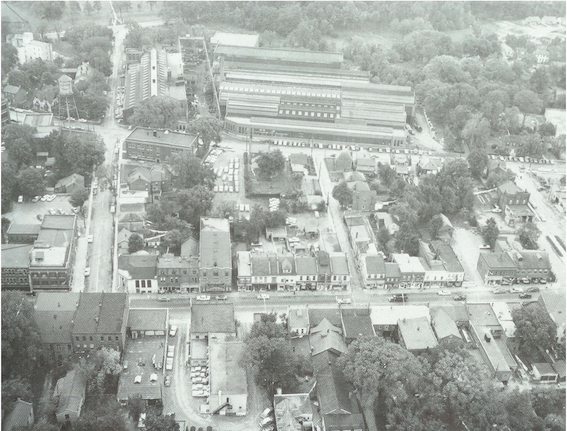
Another example of restore, repurpose, reuse is the building on Hatt Street once the home of the Radial Railway, then a Curling club, then a site for Valley City Manufacturing and now, The SHED brewery.
Some of the buildings from historic Dundas are now gone, replaced by newer structures, but one of the distinct charms of Dundas is that many of the historic buildings, from Dr. Bates office, to Ellen Osler House (once a private school), to the Town Hall, to the Carnegie are still here being used and cared for.
Some of the buildings from historic Dundas are now gone, replaced by newer structures, but one of the distinct charms of Dundas is that many of the historic buildings, from Dr. Bates office, to Ellen Osler House (once a private school), to the Town Hall, to the Carnegie are still here being used and cared for.
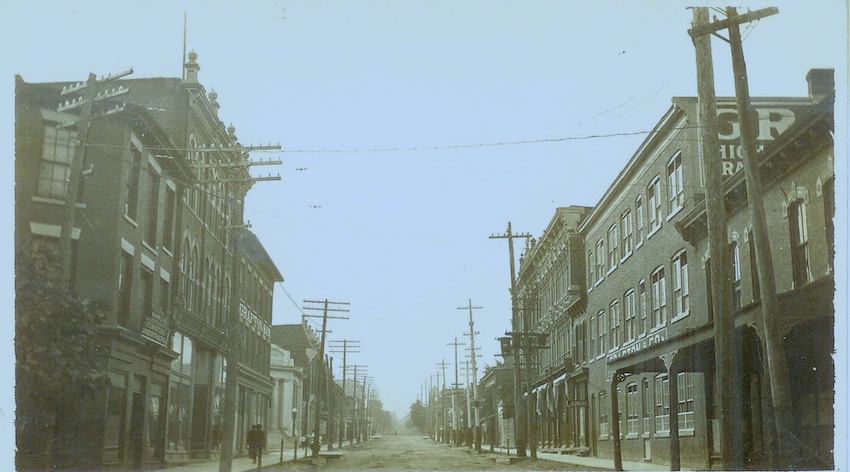
The town is a place of remembering as much as it is a scene of 21st century adaptation – it is a place to treasure.